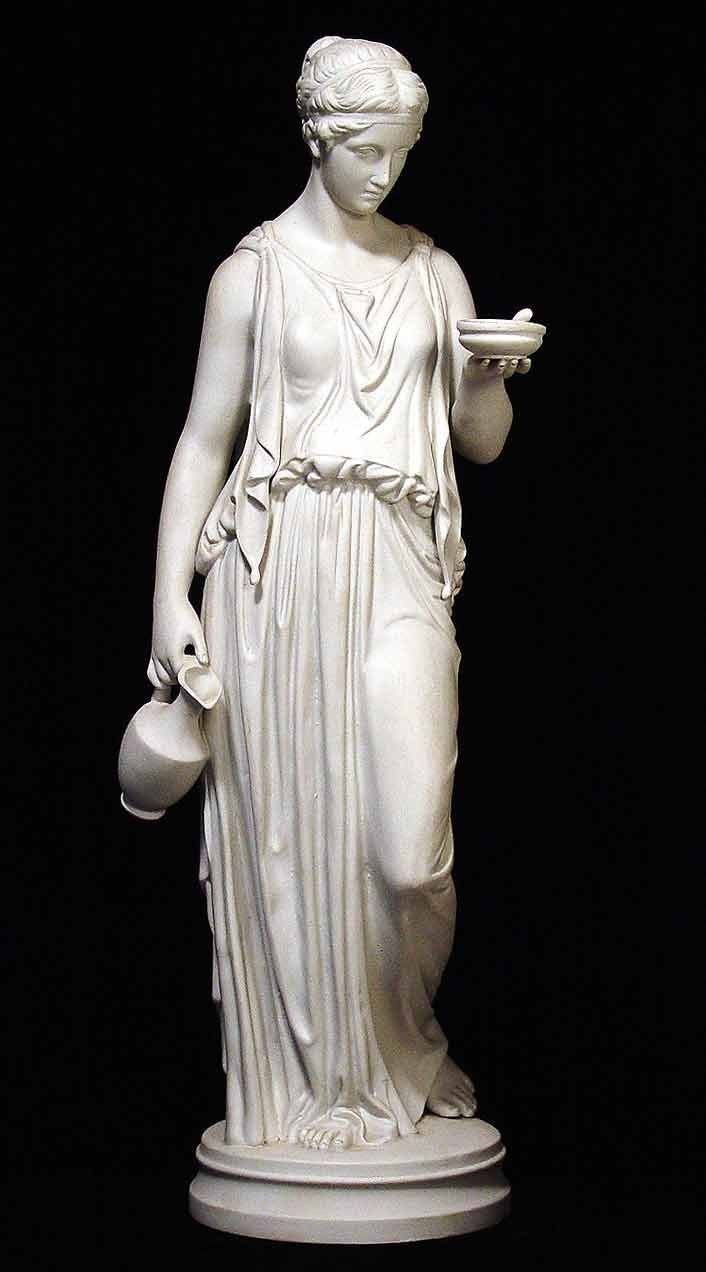Herschel Benoit was a fat boy and had been one ever since he was a child. Roly-poly, happy-go-lucky, easygoing and easy to be with, but left on the sidelines at recess, picked last, impossible to fit except by New York Big Man tailors, Herschel was uncomfortable in his skin. Every morning he looked at his dewlaps, love-handles, skin folds, and buttocks with dismay.
He had been given a body that no one wanted – fat, uncoordinated, and undesirable. There was nothing that could compensate for the bad genetic hand he was dealt, no possible makeover, no hoped-for reconfiguration of oversized belly, ham hock thighs, and Porky Pig jowls.
The diversity/inclusivity movement offered some promise. Americans were being told that fat is beautiful despite the fact that the unattractive, the inept, and the one-step-behind have always been oddities, unwanted bits at the fag ends of the bell curve, far from the norm of classical beauty, a standard since the days of Dido, Aphrodite, David, and the women of Fayum.
Beauty is not in the eye of the beholder. The standards of feminine beauty have not changed for millennia. Symmetrical features, luminescent eyes, full lips, and luxuriant hair all express health, wealth, and well-being as well as being pleasing to a natural sense of geometrical order, and sexual appeal. There is little difference between the women painted by Leonardo and the most beautiful Hollywood actresses of today.
Such beauty has always assured success. All things considered, beautiful women are hired first, promoted first, married first, and sought after always. Beauty has been less important for men whose success and sexual appeal has come largely from professional ambition, family status, and wealth; but still, the tall, handsome man is always noticed, deferred to, and given the benefit of the doubt.
While women may reasonably doubt these men’s fidelity, they are drawn to them. Male beauty implies good breeding, good nutrition, and good genes. It is a stand-in for the more easily assessable and practical qualities.
It is no surprise that the women portrayed in art – the women of Botticelli, Leonardo, Caravaggio, Ingres, and the sculptors of ancient Greece, Egypt, and Rome – have been beautiful. The wives and courtesans of royalty, the aristocracy, and the socially prominent have been beautiful, and while kings like Henry VIII, desperate for an offspring, chose as much for fertility as for beauty as he continued to remain childless, most demanded only the most attractive.
So social adjusters are fooling no one. Fat women and men may be encouraged to show their pride, and accept obesity as simply another expression of the infinite variety of beauty, but no one is buying it. The obese are oddities - their double chins, belly rolls, arm flaps and neck folds are what draw attention, not any ascribed notion of beauty - but inclusivists are hardy and determined.
Fat comedians, models, and actors are coming out of the closet, dressed appropriately in tented outfits specially tailored by fashion designers to accentuate the excess while fitting body folds into Shantung silk accessorized with with distractive jewelry. Hair styles are high and wide dreadlocks and gold braids or flowing with trailing blonde tresses; and high heels add something of the statuesque and divert attention away from girth and size. Still, audiences wait only for Taylor Swift, Scarlett Johansson, Margot Robbie, Brad Pitt, and George Clooney
At times Herschel wanted to ‘display’ his body like those on stage – wear three-piece suits with tight vests and key chains; show off his neck rolls with shaved baldness; and duck-walk with confidence into the office. A man to be reckoned with, a man of weight, posture, and presence. Yet he could no more strut down the corridors of his international bank, past the sexy young things in cubicles, head held high, proud, and handsome than he could run a Mayan gantlet. He was fat, encumbered, and unattractive, and that was the beginning and end of the story.Plato was right – without higher-level, unattainable ideals, the human race would remain mired in mediocrity. No man could ever be Apollo, nor any woman Aphrodite, but the un-achieved attainment was the whole point of being human – striving, aspiring, and desiring were the most essential aspects of human nature and responsible for progress, improvement, and enlightenment.
Beauty is a fact. It is a tradable commodity, a factor in natural selection, a variable in most social and commercial transactions, and the first and last thing we remember about people. It is no surprise at all that some of the most famous paintings and sculptures in history have been of beautiful women. Artists since Greek and Roman times saw a sublimity in the female form - classic, well-proportioned, lithe, and sensuous.




No comments:
Post a Comment
Note: Only a member of this blog may post a comment.